PSILOTACEAE (WHISKFERN)
---
Note the dichotomous branching pattern (ie. one branch give rise to 2 branches) on this Psilotum.
Synangium is the structure formed by the fusion of 3 sporangia. You can still see the 3 thirds of sporangia.
Psilotum has protostele vascular tissue arrangement.
The ring of blue-staining cell walls is the Casparian strip. These cells have lignin and/or suberin in their cell walls to prevent apoplastic movement of water and nutrient.
OPHIOGLOSSACEAE
---
The fronds (also known as leaves) of Ophophioglossum sp. are made of 2 parts: a sterile blade and a fertile segment with 2 rows of eusporangia.
Cross-section through eusporangia of Botrychium. Note the homosporous spores (spores of the same size).
Rhizome cross-section of Botrychium.
LEPTOSPORANGIATE FERNS
---
A fern from Pacific Spirit Park. The central 'stem' (in red) that runs throughout the frond is the rachis. Deriving from the rachis are pinna (in blue). And the smaller divisions coming from the pinna are the pinnule (in yellow). The bottom half of the rachis without any pinna attached is the petiole (not shown here).
Some ferns don't have pinnules in their fronds and instead they end in pinna as in this sword fern.
Sword fern's name came from its pinna that resemble swords (complete with hilts and blades).
Polypodium vulgare (licorice fern).
The scattered nodes of previous leaf attachments. Some leaves can arise from the bottom side of the stem and twist its way toward the sky.
Pteridium rhizome cross-section (1 of 4). Pteridium is amphiphloic and has dictyostele with 2 rings of vacular bundle. The bundles aboves are part of the outer ring.
(2 of 4) As we move inwards we see the second ring.
(3 of 4) The first half of the inner ring.
(4 of 4) The two halves of the inner ring.
Polypodium rhizome cross-section (1 of 2). Polypodium rhizomes are also amphiphloic with dictyostele but with only a single ring.
(2 of 2) The centre of the rhizome does not have another ring.
Amphiphloic Adiantum rhizome cross-section. (1 of 2)
(2 of 2)
The backsides of sword fern pinna are lined with sori (groups of sporangia).
Sori are mostly found on the underside of the fronds. These are from Cyrtomium falcatum.
Sori may be naked (without indusium).
Some sori are located on the marines of the fronds.
A sporangium under a compound 'scope. Note the thick walled annulus (or the Mohawk), the lip cells (near the opening), and the spores.
This sporangium is intact and has not burst open yet.
Fern gametophyte with archegonia, antheridia and rhizoids.
-MIDY
Amphiphloic Adiantum rhizome cross-section. (1 of 2)
(2 of 2)
The backsides of sword fern pinna are lined with sori (groups of sporangia).
Sori are mostly found on the underside of the fronds. These are from Cyrtomium falcatum.
Sori may be naked (without indusium).
Some sori are located on the marines of the fronds.
A sporangium under a compound 'scope. Note the thick walled annulus (or the Mohawk), the lip cells (near the opening), and the spores.
This sporangium is intact and has not burst open yet.
Fern gametophyte with archegonia, antheridia and rhizoids.
-MIDY



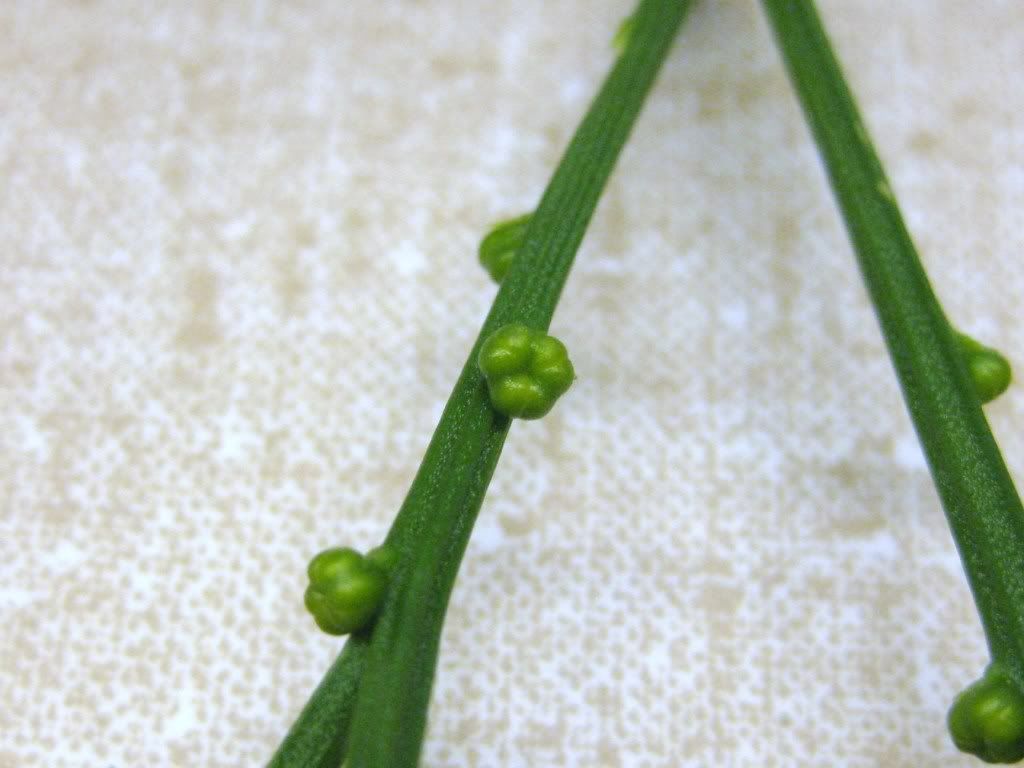


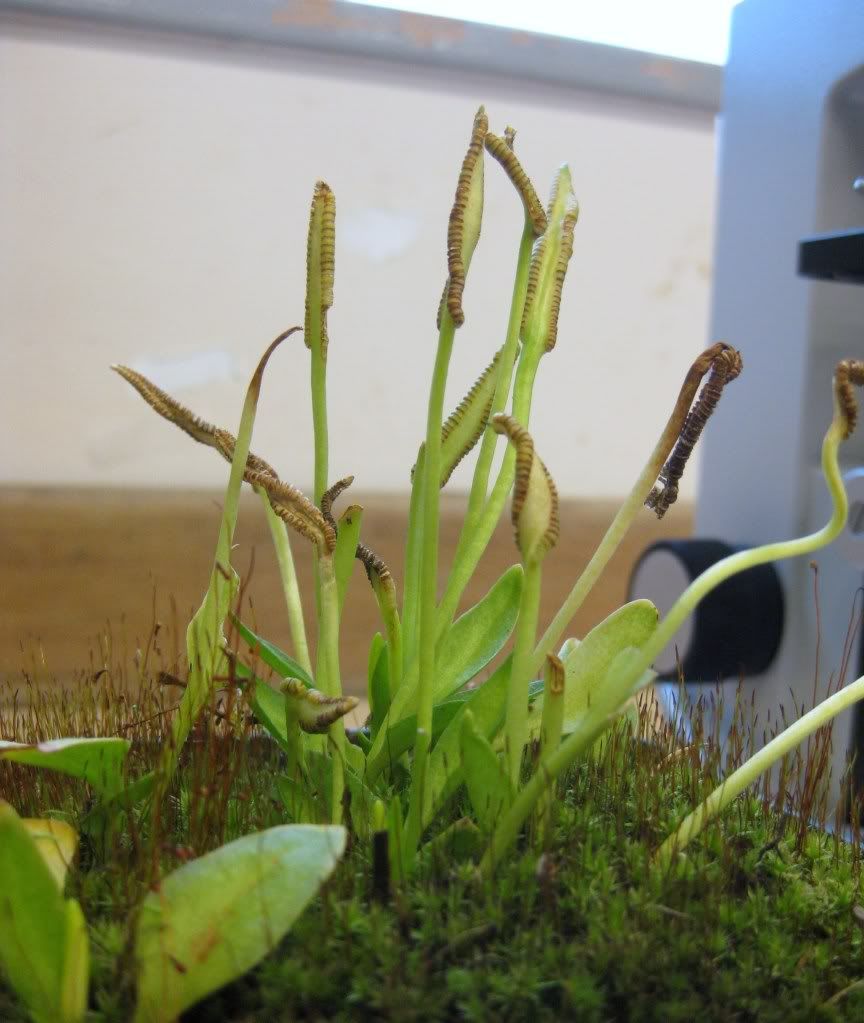

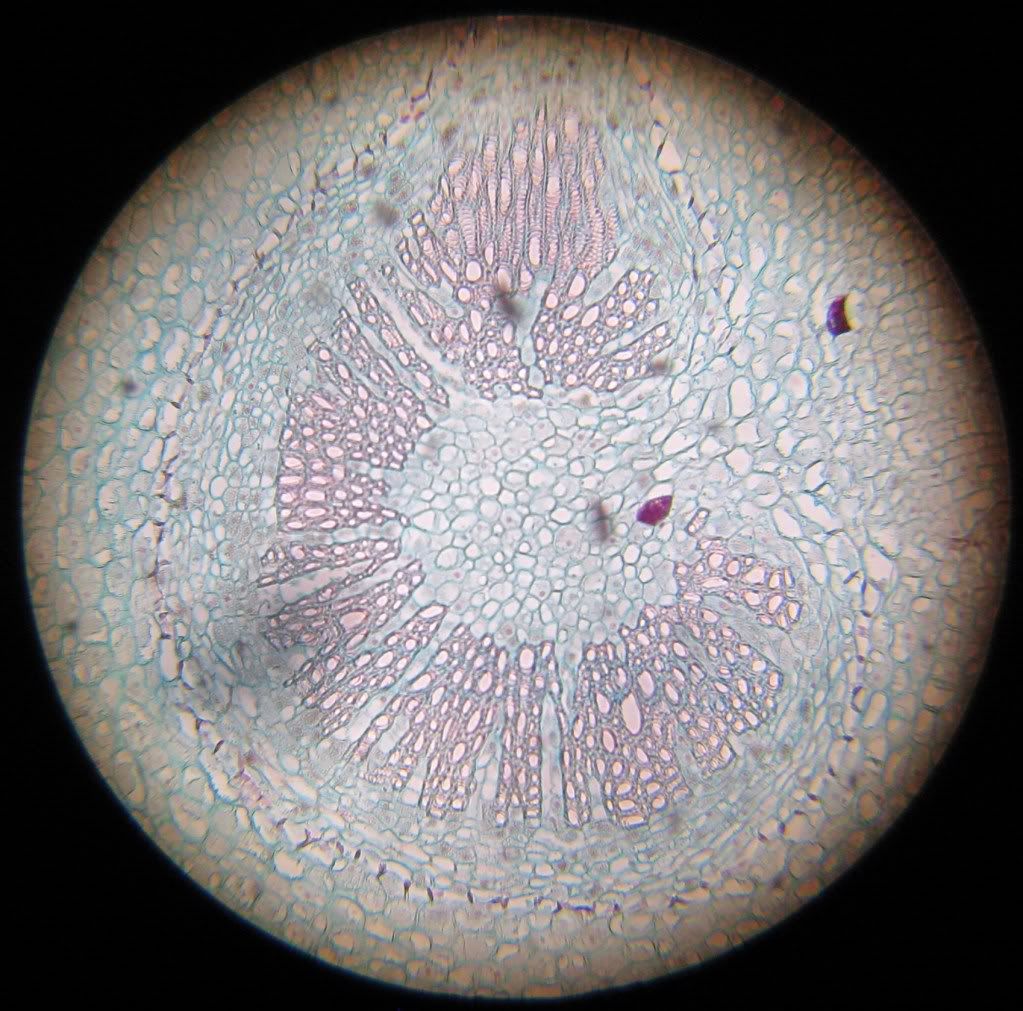



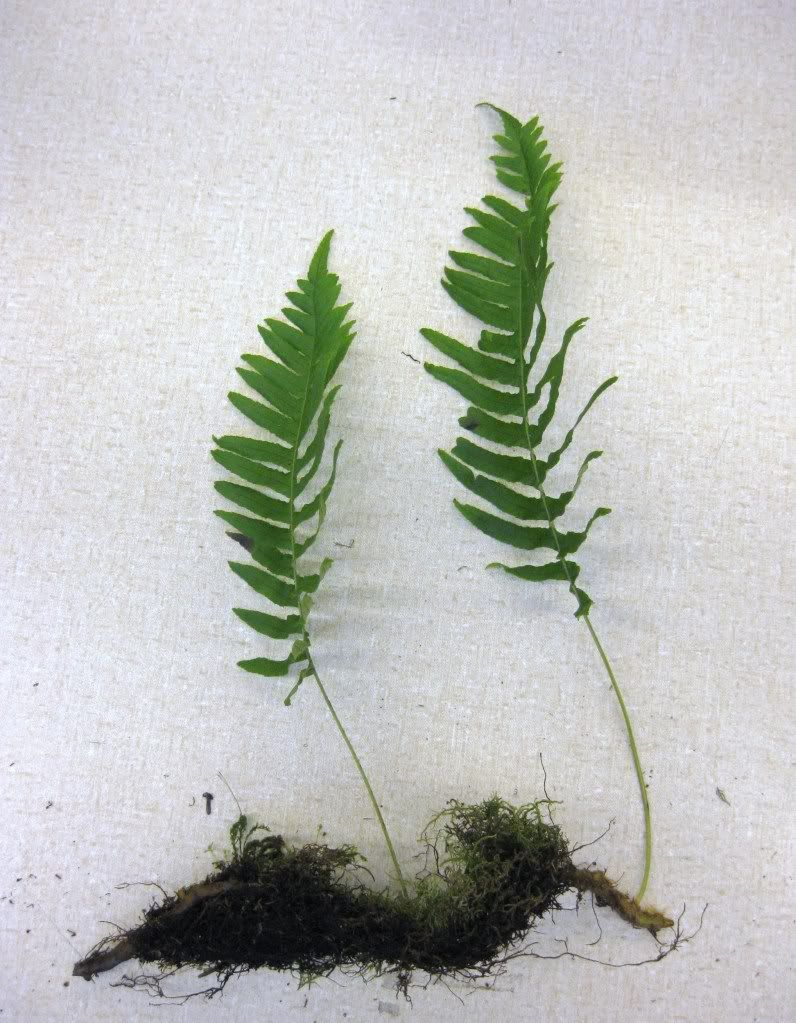

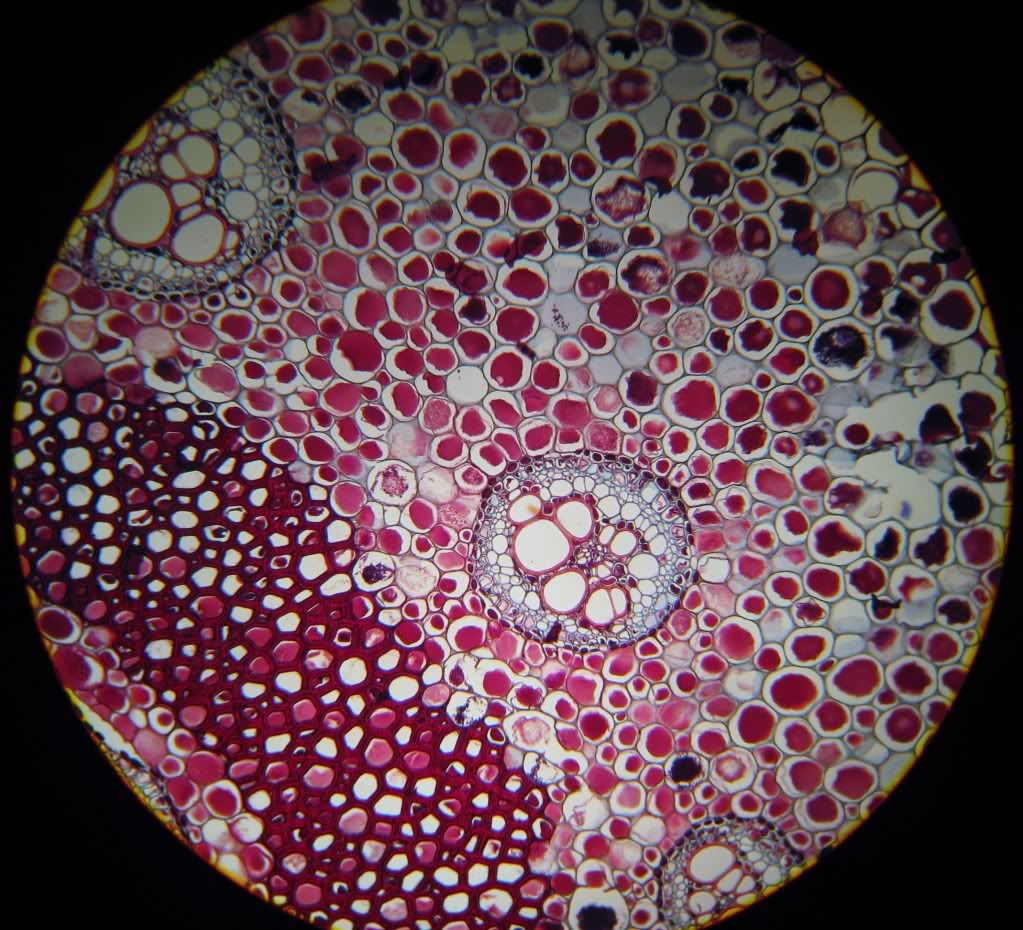

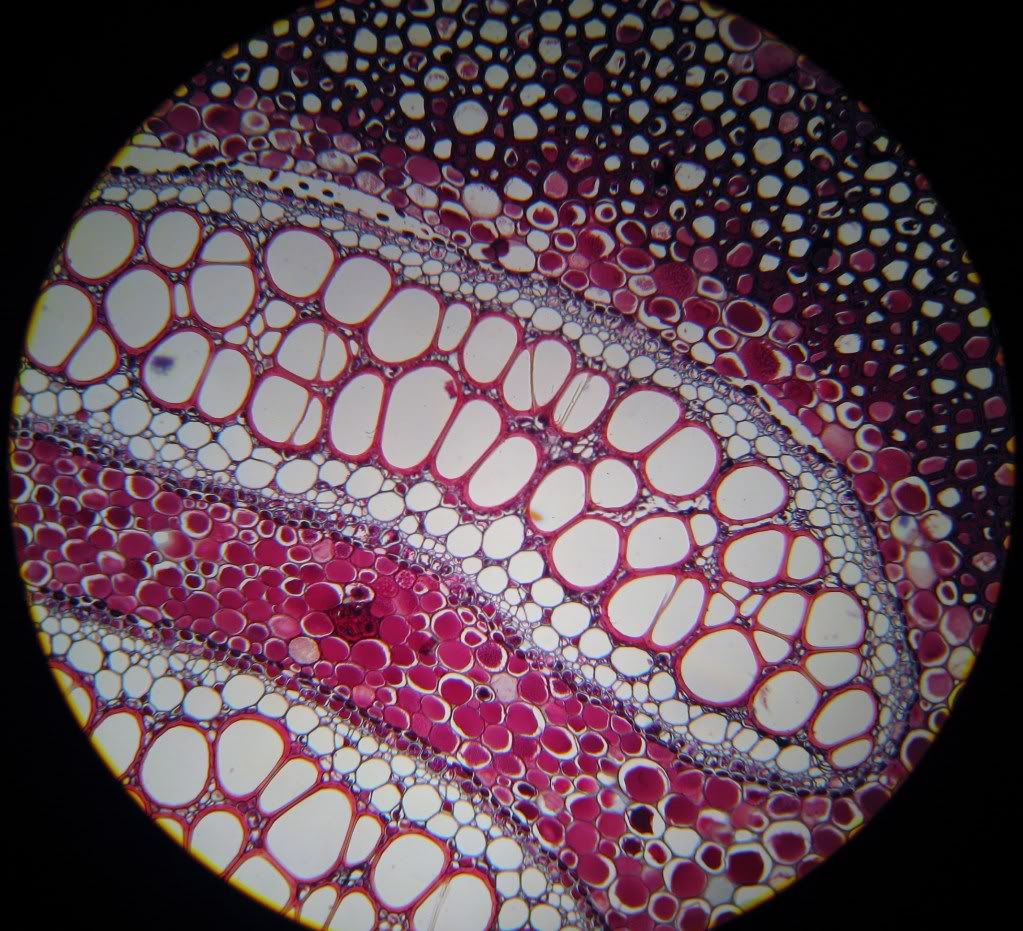
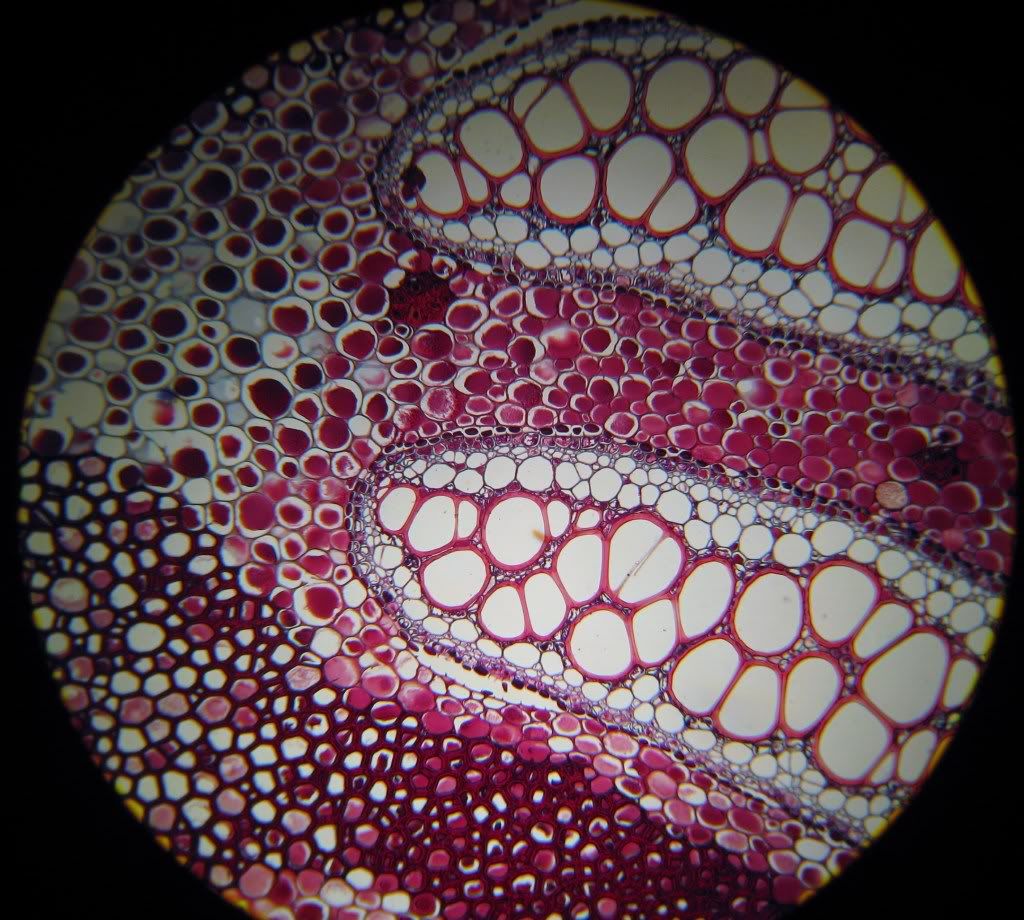



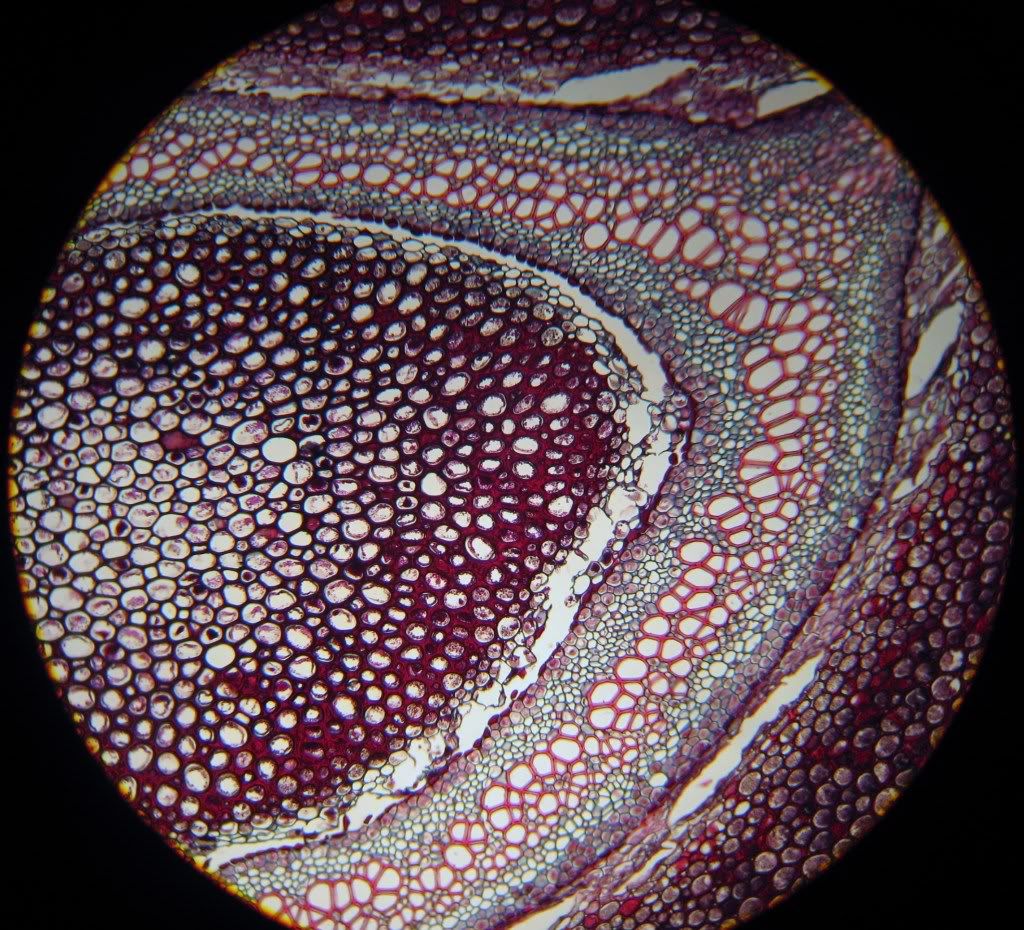

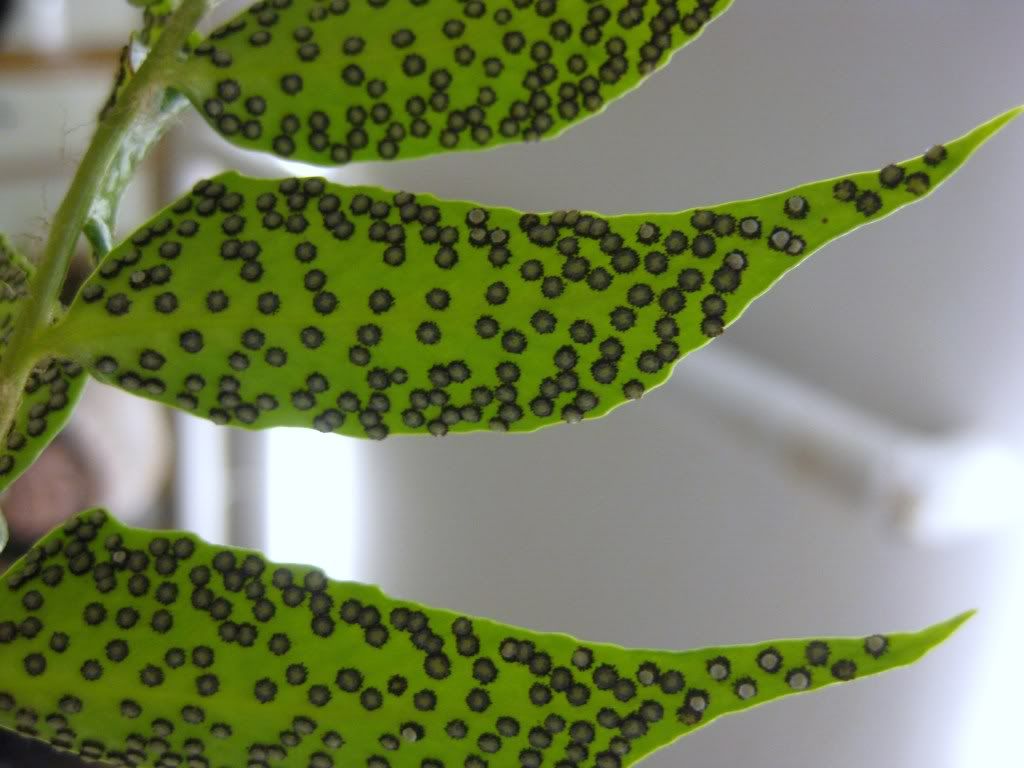



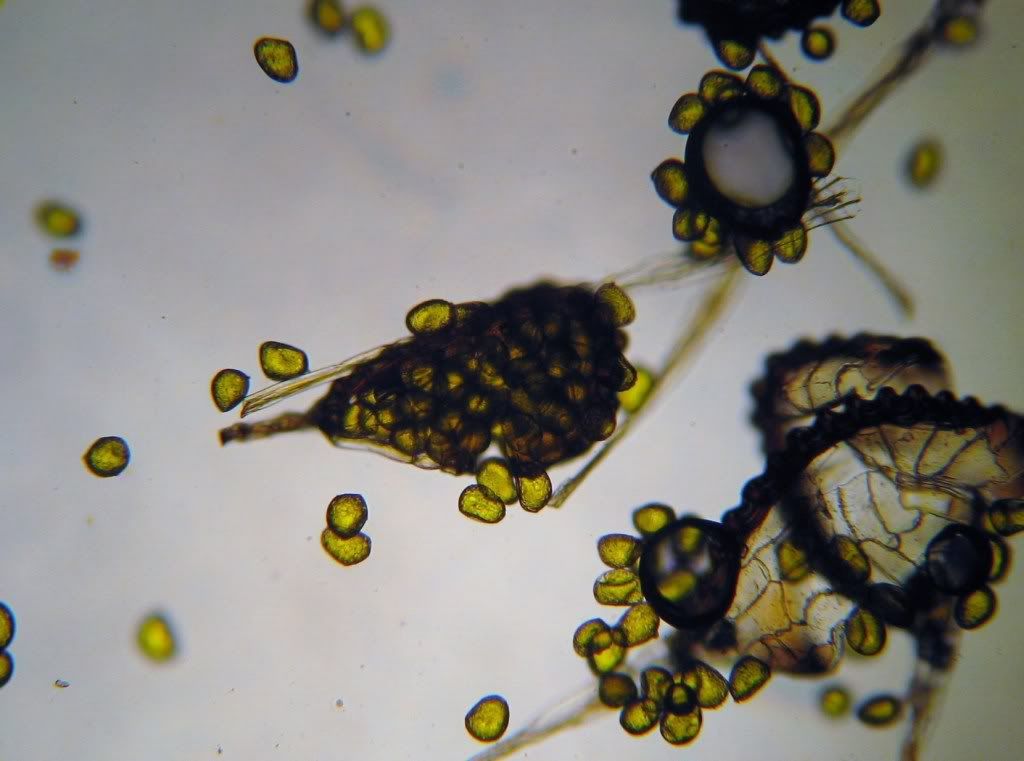

No comments:
Post a Comment